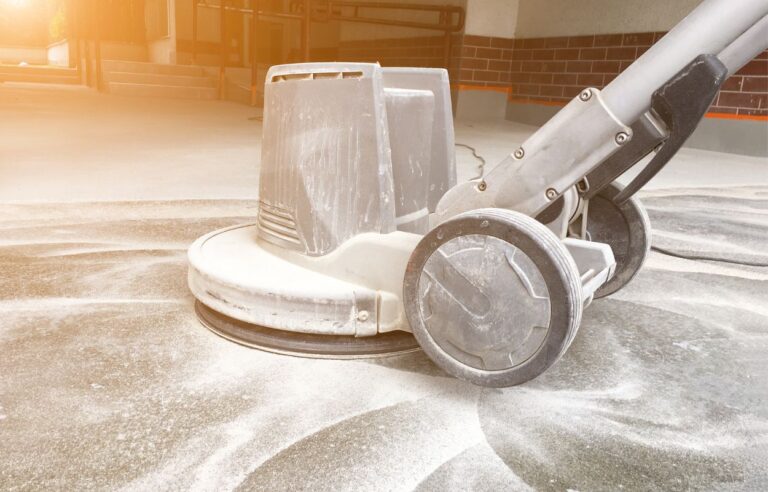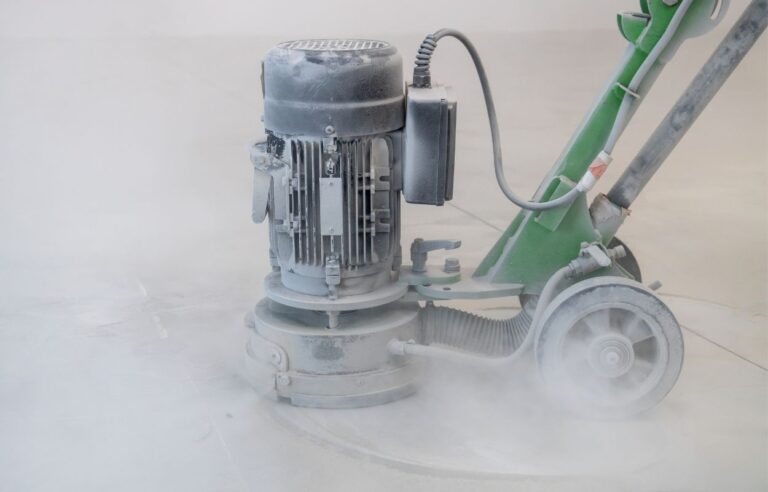
Lead exposure is a hidden danger that can affect anyone—but it’s especially harmful to young children. Schools and daycares should be safe places where kids can learn, grow, and explore. Yet, without proper lead abatement, these environments could carry a serious health risk. Today, we’re going to talk about why lead abatement in Victoria is so essential for schools and daycares, why lead exposure is particularly dangerous for children, and what steps parents, caregivers, and school staff can take to ensure safer environments for young ones.
UNDERSTANDING THE DANGERS OF LEAD
To understand why lead abatement matters, it helps to know a bit about why lead is so dangerous in the first place. Lead is a toxic metal that’s been widely used in many products over the years, especially in paint, pipes, and gasoline. Even though many of these uses have been phased out, lead remains in older buildings and infrastructure.
Once lead is in the body, it’s there to stay. It can accumulate over time, often building up in bones and teeth. In young children, even a small amount of lead can cause big problems. Exposure to lead can harm almost every system in the body, and children’s growing brains and bodies are especially vulnerable. The neurological effects of lead are irreversible, which is why preventing lead exposure is so important.
WHY KIDS ARE AT HIGHER RISK
Lead exposure is dangerous at any age, but young children are especially at risk. This is partly because their bodies absorb lead more easily, and their brains are still developing. A child’s brain grows rapidly during the early years, making it highly susceptible to toxins.
Kids are also naturally curious. They crawl, explore, and touch just about everything. If they touch a surface with lead dust and then put their fingers in their mouths, they could easily ingest lead. This is especially concerning in environments like schools and daycares, where kids spend hours every day.
LEAD IN SCHOOLS AND DAYCARES: WHERE IT HIDES
Unfortunately, lead is often present in older schools and daycares. If a building was built before the 1980s, there’s a good chance it contains some lead-based paint or lead pipes. Lead-based paint can be a major issue, especially if it begins to deteriorate. When lead paint chips or peels, it creates lead dust that can settle on floors, furniture, and toys. Kids can then breathe in this dust or ingest it when they touch contaminated surfaces.
But paint isn’t the only source of lead in these settings. Lead pipes and plumbing can leach lead into drinking water. Schools and daycares need a constant water supply, and if that water is carrying lead, children can be exposed every time they drink from a fountain or wash their hands.
THE IMPACT OF LEAD EXPOSURE ON KIDS
The effects of lead exposure are serious and long-lasting, especially in young children. Even low levels of lead exposure can cause cognitive issues, reduced attention span, learning difficulties, and behavioral problems. Children who are exposed to lead are more likely to experience difficulties in school, which can impact them well into adulthood. Some studies have even linked childhood lead exposure to a higher risk of developing ADHD, lower IQ scores, and emotional issues.
Physical health can also be affected. Long-term lead exposure can lead to problems with kidney function, anemia, and even damage to the nervous system. It’s a risk that no child should have to face.
WHAT IS LEAD ABATEMENT?
Lead abatement refers to the process of reducing or eliminating lead hazards from a building. In schools and daycares, lead abatement involves carefully removing lead-based paint, replacing lead pipes, and reducing any other potential sources of lead exposure. Professionals trained in lead abatement can identify where lead hazards exist and safely remove or contain them.
Lead abatement isn’t just a quick cleanup. It involves thorough testing, careful planning, and skilled work to make sure no lead dust or residue is left behind. For many older buildings in Victoria, lead abatement is the only way to fully remove the risk of lead exposure for kids.
STEPS FOR LEAD ABATEMENT IN SCHOOLS AND DAYCARES
Ensuring that schools and daycares are free of lead hazards requires a few essential steps. Here’s a closer look at how lead abatement in Victoria is carried out:
Inspection and Testing
First, professionals conduct a detailed inspection of the building to find out where lead hazards exist. This often includes testing paint, soil, and even the water supply. Some companies specialize in lead testing and have the right tools to measure lead levels accurately. This inspection will reveal areas of concern that need special attention.
Lead Paint Removal or Containment
Once testing identifies areas with lead paint, experts can move forward with removal or containment. In some cases, they might choose to seal or enclose lead-painted surfaces rather than remove them. This method can work well if the paint is intact and isn’t chipping or flaking. However, if the paint is peeling, removal is usually the safest option.
Replacing Lead Pipes and Plumbing
If tests show lead in the drinking water, it’s usually due to lead pipes or lead solder in the plumbing. Replacing these pipes can be a big task, but it’s worth it to make sure kids have safe water to drink. Some schools and daycares may need to install filters or water treatment systems to reduce lead levels in the short term while they work on replacing old pipes.
Cleaning and Clearance Testing
After lead abatement work is completed, professionals clean the area thoroughly to remove any remaining lead dust or particles. They then conduct clearance testing to ensure that lead levels are safe. Clearance testing is essential because it confirms that the building is safe for children to re-enter.
HOW YOU CAN HELP PROTECT KIDS FROM LEAD EXPOSURE
While lead abatement is critical, parents and caregivers can also play an important role in keeping kids safe. Here are a few tips to help reduce the risk of lead exposure:
Wash hands and toys frequently: Since lead dust can settle on surfaces, regular handwashing can reduce a child’s chance of ingesting it. Toys, especially those handled often, should be washed regularly, too.
Encourage healthy eating: A diet high in calcium, iron, and vitamin C can help protect against lead absorption. Foods like milk, cheese, lean meats, and oranges can be beneficial.
Be aware of potential lead sources at home: If you live in an older home, consider having your water and paint tested for lead. Simple actions, like using a water filter, can reduce the risk of lead exposure at home.
WHY LEAD ABATEMENT IN VICTORIA NEEDS TO BE A PRIORITY
Victoria has many older schools and daycares, and lead hazards can be more common in these buildings. Ensuring lead abatement in Victoria’s schools and daycares means making a strong commitment to children’s health and future. Removing lead risks allows kids to focus on learning and growing, free from the dangers of lead exposure.
Lead abatement doesn’t just protect kids now; it also prevents lifelong health issues and learning disabilities that could impact their future. When children have a safe environment to learn, they can reach their full potential without the invisible weight of lead exposure holding them back.
MOVING FORWARD: MAKING LEAD-FREE SPACES FOR OUR KIDS
Lead abatement is a big task, but it’s worth the effort to create safer, healthier spaces for children. Schools and daycares should be places of learning and laughter, not places where kids face the hidden dangers of lead exposure. By prioritizing lead abatement, communities can protect their youngest and most vulnerable members. It’s a commitment that every school, daycare, and family should support.
By spreading the word and staying informed, we can all play a part in ensuring that schools and daycares in Victoria are free from lead hazards. Let’s work together to make lead-free environments the standard, so every child has a safe place to learn, grow, and thrive.





